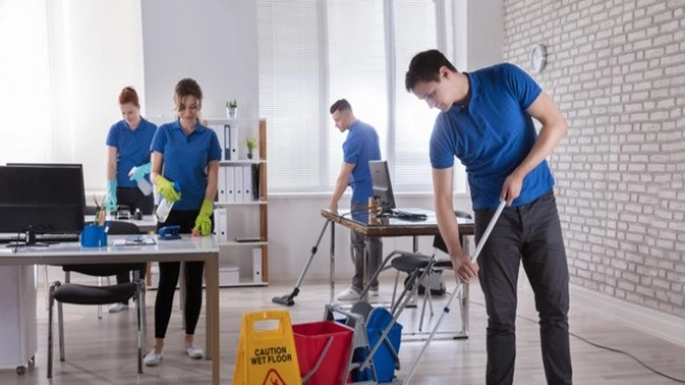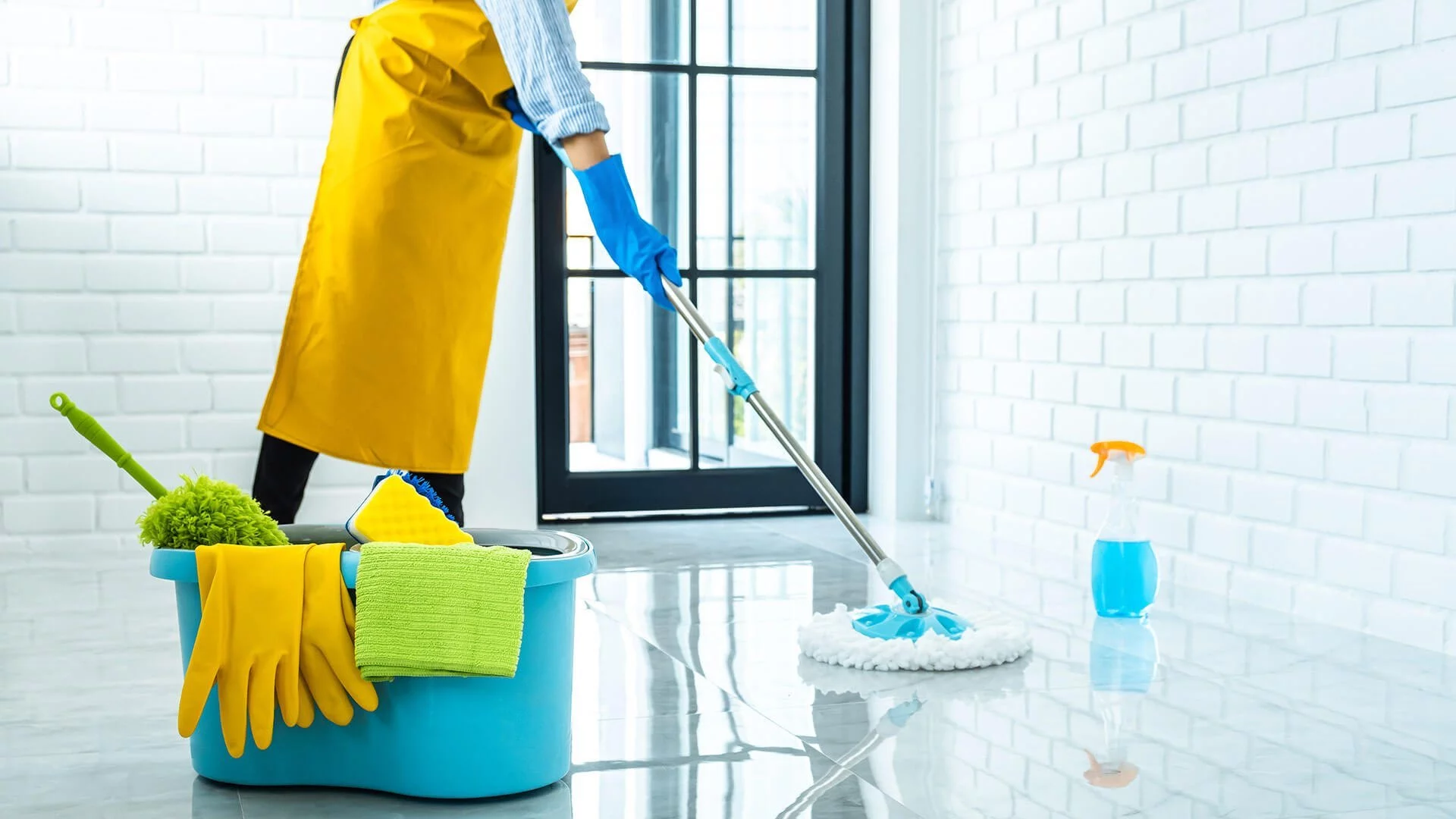Deep cleaning goes beyond the surface and plays a crucial role in maintaining hygiene and health. In our daily lives, cleanliness is often associated with tidiness and orderliness.
However, deep cleaning involves more than just superficial tidying up. It entails thorough and meticulous cleaning of every nook and cranny, targeting hidden dirt, germs, and allergens that regular cleaning may overlook.

Signs That Deep Cleaning Is Needed
A. Recognizing when a space requires deep cleaning is essential for preventing health hazards.
B. Visible dirt and grime buildup
C. Lingering odors
D. Increased allergen presence
E. Pest infestations
Foresee the pain and trouble that are bound to ensue; and equal blame belongs to those who fail in their duty through weakness of will, which is the same as saying through shrinking from toil and pain.
These cases are perfectly simple and easy to distinguish.
High-Traffic Areas That Require Deep Cleaning
A. Certain areas in homes or commercial spaces accumulate dirt and germs faster and thus require more frequent deep cleaning.
B. Kitchen surfaces and appliances
C. Bathrooms and toilets
D. Carpets and rugs
E. Upholstered furniture
F. Office workstations and shared spaces

Deep Cleaning Questions?
How often should I deep clean my home or office?
he frequency of deep cleaning depends on various factors, including the size of the space, the level of foot traffic, and individual preferences.
Generally, it’s recommended to deep clean high-traffic areas every 3 to 6 months and perform seasonal deep cleaning tasks as needed.
Can I deep clean my home or office by myself, or do I need professional services?
While deep cleaning can be effective for routine maintenance, certain situations may require professional services. Professional cleaners have the expertise, equipment, and specialized cleaning solutions to tackle tough stains, sanitize surfaces, and ensure thorough cleaning.
What are some eco-friendly alternatives for deep cleaning?
Eco-friendly cleaning products, such as vinegar, baking soda, and lemon juice, are effective alternatives to harsh chemicals.
Microfiber cloths and steam cleaners are also eco-friendly options for cleaning surfaces and eliminating germs without the need for chemicals.
How can I maintain cleanliness between deep cleaning sessions?
Implementing daily and weekly cleaning routines can help maintain cleanliness between deep cleaning sessions.
Regular tasks like sweeping, vacuuming, wiping down surfaces, and taking out the trash can prevent dirt and grime buildup and prolong the need for deep cleaning.
Conclusion
Deep cleaning is not just a chore but a proactive measure to safeguard health and well-being.
By understanding the signs that deep cleaning is needed and implementing regular cleaning routines, individuals can maintain clean and healthy living or working environments.
Prioritizing deep cleaning in one’s cleaning schedule ensures that spaces are not only visually appealing but also free from hidden contaminants that can affect health





